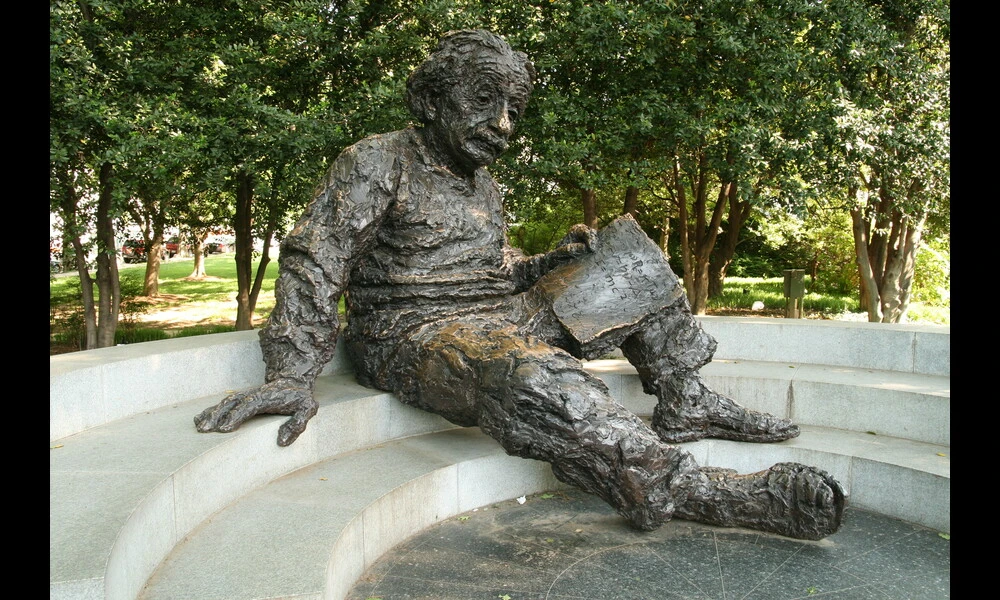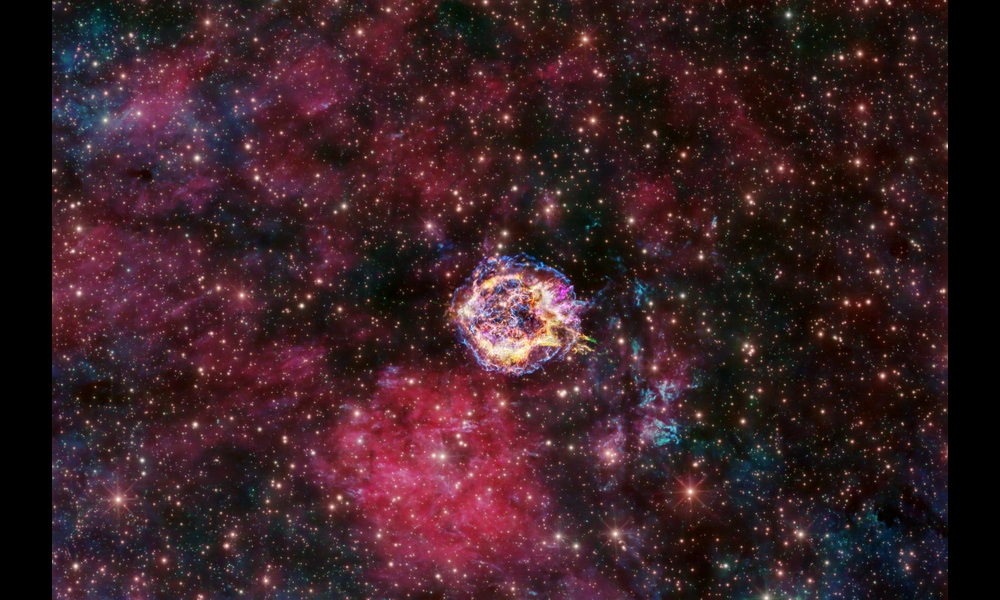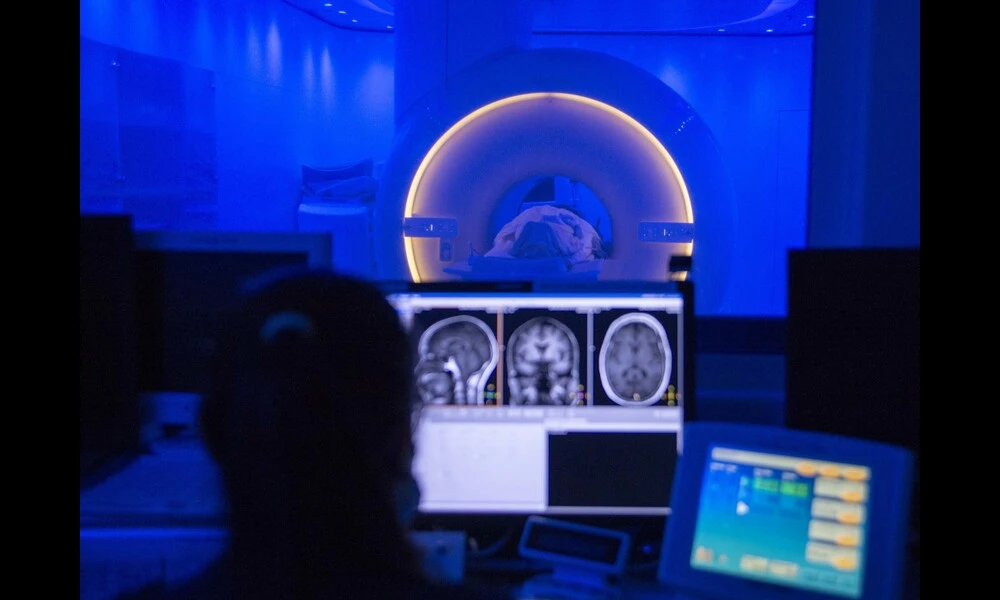Study Suggest New Geometric Gravity Theory Could Challenge General Relativity
Published on Fri Jan 19 2024 The Albert Einstein Memorial | Bernt Rostad on Flickr
The Albert Einstein Memorial | Bernt Rostad on FlickrIn an exciting development for the field of theoretical physics, a new study delves into the depths of gravitational waves within a novel framework of gravity, challenging the well-established principles of Albert Einstein's General Relativity (GR). A team of researchers, including Salvatore Capozziello, Maurizio Capriolo, and Shin’ichi Nojiri, have presented a detailed analysis in the preprint paper "Gravitational waves in f(Q)non-metric gravity via geodesic deviation," exploring how gravitational waves behave in a geometric theory of gravity that is constructed without the traditional notions of curvature and torsion. This paper could not only reshape our understanding of gravity but also provide a fresh lens through which to view the cosmos.
Their thorough investigation into the symmetric-teleparallel gravity, a version of gravity described by the variable "Q" representing non-metricity – essentially a measure of how the shape of space itself can change – contrasts the metric of General Relativity, which describes gravity through the curvature of the fabric of space-time. The researchers show that, akin to GR, f(Q)gravity (the new framework) predicts the existence of two massless, tensor modes of gravitational waves that possess the familiar "plus" and "cross" polarizations through which they can influence matter.
The true novelty of this work lies in the methodology used to analyze the effects of gravitational waves - the geodesic deviation or the separations between nearby trajectories followed by free particles. The paper convincingly demonstrates that in f(Q)gravity, these trajectories and the resulting geodesic deviations are remarkably similar to those predicted by GR. This means that observers would be unable to distinguish between gravitational waves from both theories based on polarization measurements alone.
While this new framework replicates aspects of General Relativity incredibly closely, it offers a deeper dive due to its different foundational geometrical propositions. The research team's insightful approach using the geodesic deviation equation could serve as a paradigm for examining the more fundamental properties and degrees of freedom of gravity – elements that might be significant in the ongoing quest for a theory of quantum gravity.
The preprint underscores the importance of considering potential alternatives to General Relativity, especially as physicists continue grappling with the universe's most profound secrets such as dark matter, dark energy, and the nascent stages of the Big Bang. Moreover, while this study does not negate the reliability of GR, it suggests that the fabric of our universe could be woven from threads far more exotic than previously imagined.
While this research does not claim to dethrone General Relativity, it successfully introduces a thought-provoking gravitational theory that merits further exploration. With their study, the research team beckons the scientific community to broaden the horizon and consider diverse theories of gravity, which may one day lead to a unifying and more complete understanding of the universe's fundamental forces.



